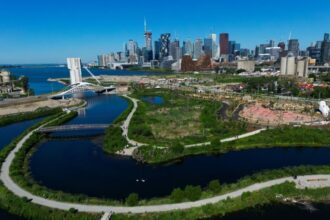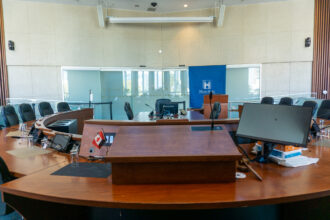The vast prairie skies of Alberta have long provided a backdrop for Canada’s most contentious federal-provincial relationships. As the 2025 federal election approaches, these historical fault lines are deepening into chasms that threaten to reshape our national dialogue about regionalism, energy policy, and provincial autonomy.
“What we’re witnessing isn’t simply electoral politics as usual,” explains Dr. Jared Wesley, political scientist at the University of Alberta. “This is an intergovernmental struggle with deep historical roots that manifests differently in Alberta than anywhere else in the confederation.”
Recent polling suggests nearly 70 percent of Albertans believe the province receives unfair treatment from Ottawa, compared to just 35 percent across other provinces. This perception gap underscores the widening east-west divide that continues to characterize Canadian politics.
The tension centers primarily around energy policy, with Alberta’s oil and gas sector feeling increasingly marginalized by federal climate initiatives. Premier Danielle Smith’s recent confrontational stance toward Ottawa has resonated with many Albertans, who see their provincial identity as fundamentally tied to resource development.
“The narrative that Alberta contributes disproportionately to confederation while receiving little respect in return has become deeply embedded in the provincial psyche,” notes Wesley. “This sentiment transcends party lines and has become a defining feature of Alberta’s political culture.”
The implications extend far beyond Alberta’s borders. With 34 federal seats at stake, the province’s electoral choices will significantly impact the national landscape. Conservative leader Pierre Poilievre has capitalized on these regional grievances, positioning himself as a champion for western interests against what he terms “eastern elites.”
Economic data reveals the material basis for these tensions. Alberta contributed $27 billion more to federal coffers than it received in 2022, according to Finance Alberta. While economists note this reflects the province’s higher income levels rather than deliberate policy discrimination, the perception of unfairness remains potent.
The historical context is crucial for understanding today’s conflicts. The 1980s National Energy Program under Pierre Trudeau left deep scars in Alberta’s collective memory. Contemporary policies like the federal carbon tax and environmental assessment legislation trigger these historical grievances, creating what Wesley describes as “a perfect storm of regional alienation.”
Cross-provincial dialogue has suffered as polarization increases. A recent Angus Reid survey found that 62 percent of Albertans feel “misunderstood” by residents of Ontario and Quebec, while 58 percent of central Canadians admit to having limited knowledge of western economic concerns.
For national unity, these dynamics present serious challenges. Some political scientists warn of increasing “two solitudes” – not between French and English Canada, but between east and west. The federation’s ability to address climate change, energy transitions, and economic development hinges on bridging these regional divides.
Indigenous perspectives add another layer of complexity. Many First Nations communities in Alberta have investments in energy development while also advocating for stronger environmental protections. Their voices often get oversimplified in the east-west narrative.
As Canada approaches another electoral cycle, the question remains: can our federal system evolve to accommodate regional diversity while maintaining national cohesion? Or are we witnessing the early stages of a more fundamental realignment of power between Ottawa and the provinces? The answer may determine not just the outcome of the next election, but the future shape of Canadian federalism itself.










